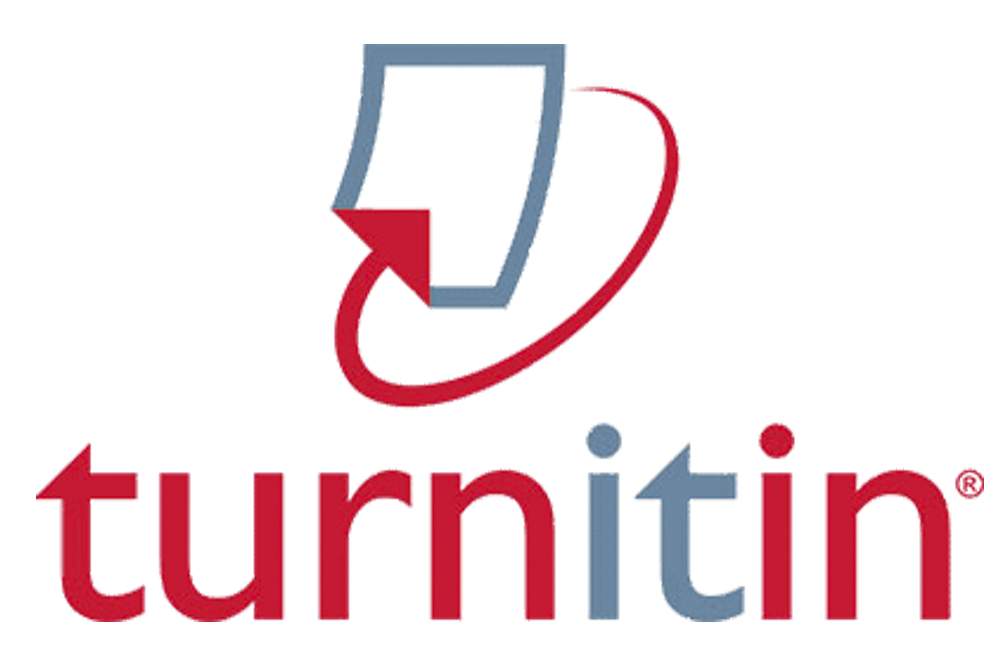KOMUNIKASI SEMIOTIKA KARYA SENI PATUNG MONYET DI SANNA UBUD A PRAMANA EXPERIENCE
DOI:
https://doi.org/10.25078/anubhava.v5i1.3912Keywords:
Communication, Semiotics, Sculpture ArtworkAbstract
This research employs a qualitative methodology with a semiotic approach to analyze the symbolic and communicative dimensions of sculpture as a form of visual language. Data were collected through observation, in-depth interviews with the designer, and documentation of the artwork and its surrounding context. The research focuses on the monkey sculpture at Sanna Ubud A Pramana Experience, a piece inspired by the story of Ni Diah Tantri, deeply rooted in Balinese cultural narratives. By applying the semiotic theories of Charles Sanders Peirce, Roland Barthes, and Ferdinand de Saussure, the study reveals that the sculpture functions as a layered communicative artifact that fulfills the criteria of icon, index, and symbol. Although physically static and three-dimensional, the sculpture operates as an effective one-way communication medium that persuasively conveys cultural and philosophical messages. The semiotic communication function of the sculpture not only transmits information about local cultural values but also creates interpretative space that engages the audience cognitively and affectively through denotative, connotative, and mythological meanings. Theoretically, this research offers a significant contribution to the development of communication science, particularly by expanding the scope of semiotic studies into the domain of three-dimensional visual arts. The findings demonstrate that sculpture can serve as an effective agent of cultural communication, as well as a medium of expression capable of bridging tradition, contemporary symbolism, and audience reception. Thus, this study enriches scholarly discourse on how artworks function as instruments of communication that represent identity, values, and meaning construction within specific cultural contexts.
References
Ahimsa-Putra, Heddy Shri. 2006. Strukturalisme Levi-Strauss Mitos dan Karya Sastra. Cetakan pertama. Yogyakarta: Kepel Press
Asnat Riwu, T. P. 2018. Analisis Semiotika Roland Barthes Pada Film 3 Dara (Kajian Semiotika). Jurnal Sastra Indonesia,Vol.10,No.3.Diakses dari https://journal.lppmunindra.ac.id/index
Alex Sobur (2015) Analisis Teks Media. Bandung : PT. Remaja Rosdakarya
Ariya.2022.Studi Karya Seni Patung Found Object dan Isu Konsumtif di Masa Pandemi.Jurnal Seni Rupa Warna. Vol 10 No 2. Diunduh pada 9 Oktober 2023 dari https://jsrw.ikj.ac.id/index.php/jurnal/article/view/155
Fiske, J. 2016. Pengantar Ilmu Komunikasi . Yogyakarta: Buku Litera.
Jana,2019.Konsep Patung Padas Batu Belah di Lepang Klungkung.Jurnal Prabangkara. Vol 23 No.1. Diunduh pada 9 Oktober 2023 dari https://jurnal.isi-dps.ac.id/index.php/prabangkara/article/view/734 pada
Kriyantono, Rachmat. 2020. Teknik Praktis Riset Komunikasi Kuantitatif dan Kualitatif Edisi Kedua. Jakarta: Penerbit Prenada Media Group.
Lestari,2018.KaryaSeni Patung:KegelisahanWanita Terhadap Kanker Serviks.Jurnal Atrat.Vol 6 No 1. Diakses dari https://jurnal.isbi.ac.id/index.php/atrat/article/view/579
Malins, Frederich 1980, Understanding Painting. The Elements of Composition. New Jersey: Prentice-Hall.
Moleong, L. J. 2008. Metodelogi Penelitian Kualitatif. PT Remaja Rosdakarya.
Neuman, W. L. 2003. Social Research Methods, Qualitative and Quantitative Approaches. Fifth Edition. Boston: Pearson Education.
Novitasari, D. 2018. Analisis Mitos Gaya Hidup Dalam Iklan #ADA AQUA Versi Selfie. Jurnal Gunadarma. Vol.2,No.2 Diakses dari https://ejournal.gunadarma.ac.id/index.php/mediakom/article/view/1894/0
Nurdinah,2013.Memahami Konsep Sakral dan Profan Dalam Agama-Agama.Jurnal Substantioa. Vol 15. No 2. Diakses dari https://jurnal.ar-raniry.ac.id/index.php/substantia/article/download/4900/3182
Downloads
Published
Issue
Section
License
Copyright (c) 2025 Anubhava: Jurnal Ilmu Komunikasi HIndu

This work is licensed under a Creative Commons Attribution-NonCommercial-NoDerivatives 4.0 International License.
Anubhava: Jurnal Komunikasi Hindu is licensed under a Creative Commons Attribution-ShareAlike 4.0 International License. Permissions beyond the scope of this license may be available at Anubhava: Jurnal Ilmu Komunikasi















